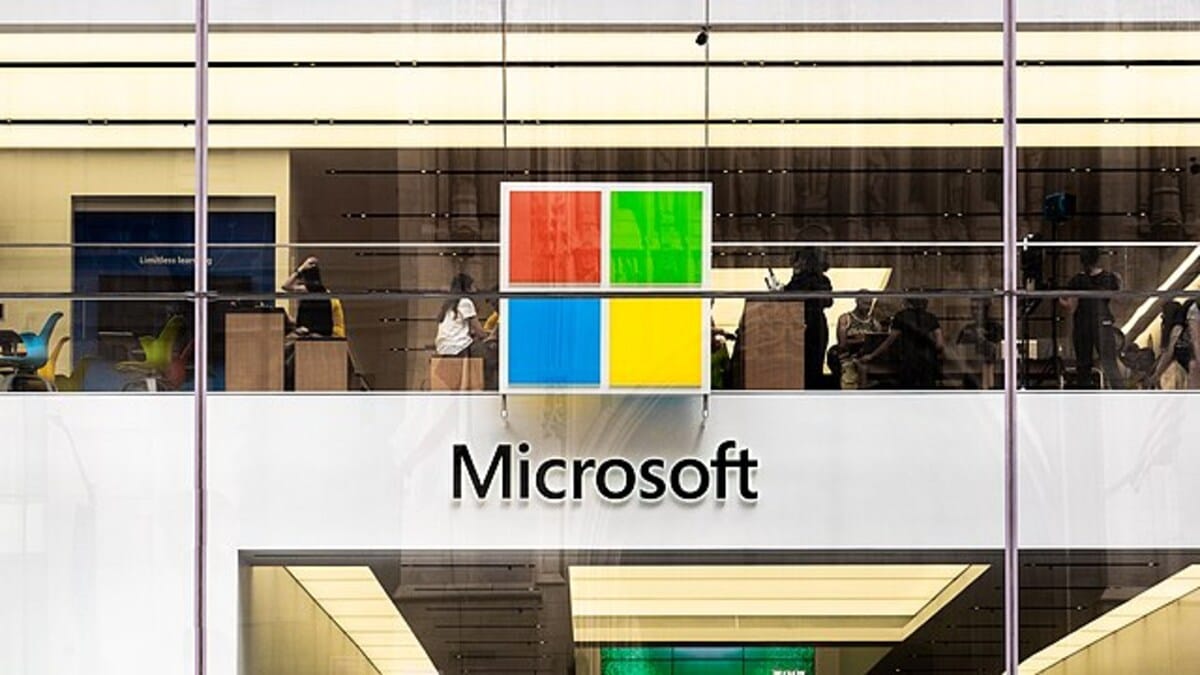Microsoft marks its 50th anniversary this year, an incredible journey from a small Albuquerque startup to one of the world’s most valuable companies. The tech giant has shaped how billions of people work, play and communicate while weathering dramatic industry shifts and legal battles.
“Microsoft started with a bold idea: the belief that technology could change the world,” says Nicole Dezen, a Microsoft executive. That vision has certainly materialized over five decades of remarkable evolution.
Humble Beginnings to Global Powerhouse
On April 4, 1975, Bill Gates and Paul Allen founded “Micro-Soft” in New Mexico, far from the tech hubs of Silicon Valley and Boston. Their early focus was developing BASIC interpreters for microcomputers. By 1981, Microsoft had secured its defining deal – providing the operating system MS-DOS for IBM’s first personal computer.
The company moved to Bellevue, Washington in 1979, unusual for a tech company of that era, then established its Redmond campus in 1986. That same year, Microsoft went public at $21 per share. The stock jumped to $35.50 by day’s end, with Gates retaining a 45% stake worth $350 million.
The Windows Revolution
Windows wasn’t originally called Windows – it was first named “Interface Manager.” Microsoft wisely changed the name before its 1985 release to better reflect the core windowing functionality.
The early versions were merely graphical interfaces running atop MS-DOS. Users had to manually launch Windows by typing “win” in the command line. Windows 95 marked the first version to function as a standalone operating system, though some DOS dependencies remained.
Windows 95 also introduced the product key system – though interestingly, simple codes like “111-1111111” would actually work. Earlier versions didn’t require activation at all.
Legal Battles and Market Dominance
Microsoft’s rise wasn’t without controversy. In 1990, the Federal Trade Commission launched an inquiry into potential monopolistic practices in PC software. Though that investigation ended without action, the Department of Justice initiated its own probe in 1993.
The following year, Microsoft settled with the DOJ, agreeing not to tie other Microsoft products to Windows sales. This agreement would become crucial in future legal battles.
By December 1996, Microsoft reached $100 billion in market capitalization and soon became one of the world’s five most valuable companies. But legal troubles returned in 1997 when the DOJ accused Microsoft of violating its earlier agreement by bundling Internet Explorer with Windows 95.
Similar Posts:
The landmark antitrust case of 1998 saw the DOJ and 20 state attorneys general sue Microsoft for using its market power to crush browser competitors like Netscape. In 2000, a judge ordered Microsoft be broken up – a decision later reversed by a federal appeals court.
The Nadella Transformation
After Steve Ballmer’s tenure as CEO from 2000 to 2014, Satya Nadella took the helm and dramatically shifted Microsoft’s focus toward cloud computing and AI. Under his leadership, Microsoft embraced open-source technologies – a major departure from its earlier business model.
“From our early days of revolutionizing personal computing to leading the way in cloud innovation and now AI, our shared milestones highlight the power of collaboration and reinvention,” says Dezen.
Microsoft has since acquired major platforms like LinkedIn and GitHub, diversifying its portfolio beyond traditional software. The company reached the $1 trillion market cap milestone in 2019, hit $2 trillion in 2021, and surpassed $3 trillion in January 2024 – joining Apple in this elite club.
From Software to Hardware and Gaming
Though primarily known for software, Microsoft entered the gaming industry with Xbox in 2001 and later developed hardware like the Surface line of tablets and laptops and HoloLens for augmented reality.
Some original Windows 1.0 applications still exist in Windows 11, though heavily modernized:
- Calculator evolved from simple math to a full scientific and programming tool
- Paint (originally “Paintbrush”) developed from monochrome to full-color editing
- Nothttps://giganectar.com/microsoft-365-global-outage-disrupts-outlook-teams-and-exchange-services-for-millions-worldwide/epad remains a staple text editor
- Control Panel persists alongside the newer Settings app
Partner Ecosystem and Future Direction
Microsoft’s partner network has been crucial to its growth. “According to IDC, for every $1 of Microsoft revenue, services partners earn $8.45, and software partners earn $10.93,” notes Dezen, highlighting the company’s economic impact beyond its own balance sheet.
The company now focuses heavily on artificial intelligence, launching its Copilot AI assistant in 2023 and extending its partnership with ChatGPT creator OpenAI that same year.As Microsoft celebrates this milestone, it looks toward continued innovation in cloud computing, AI, and sustainability – with goals like becoming carbon negative by 2030. The journey from a tiny startup to a $3 trillion juggernaut demonstrates how dramatically one company can transform global technology over five decades.







